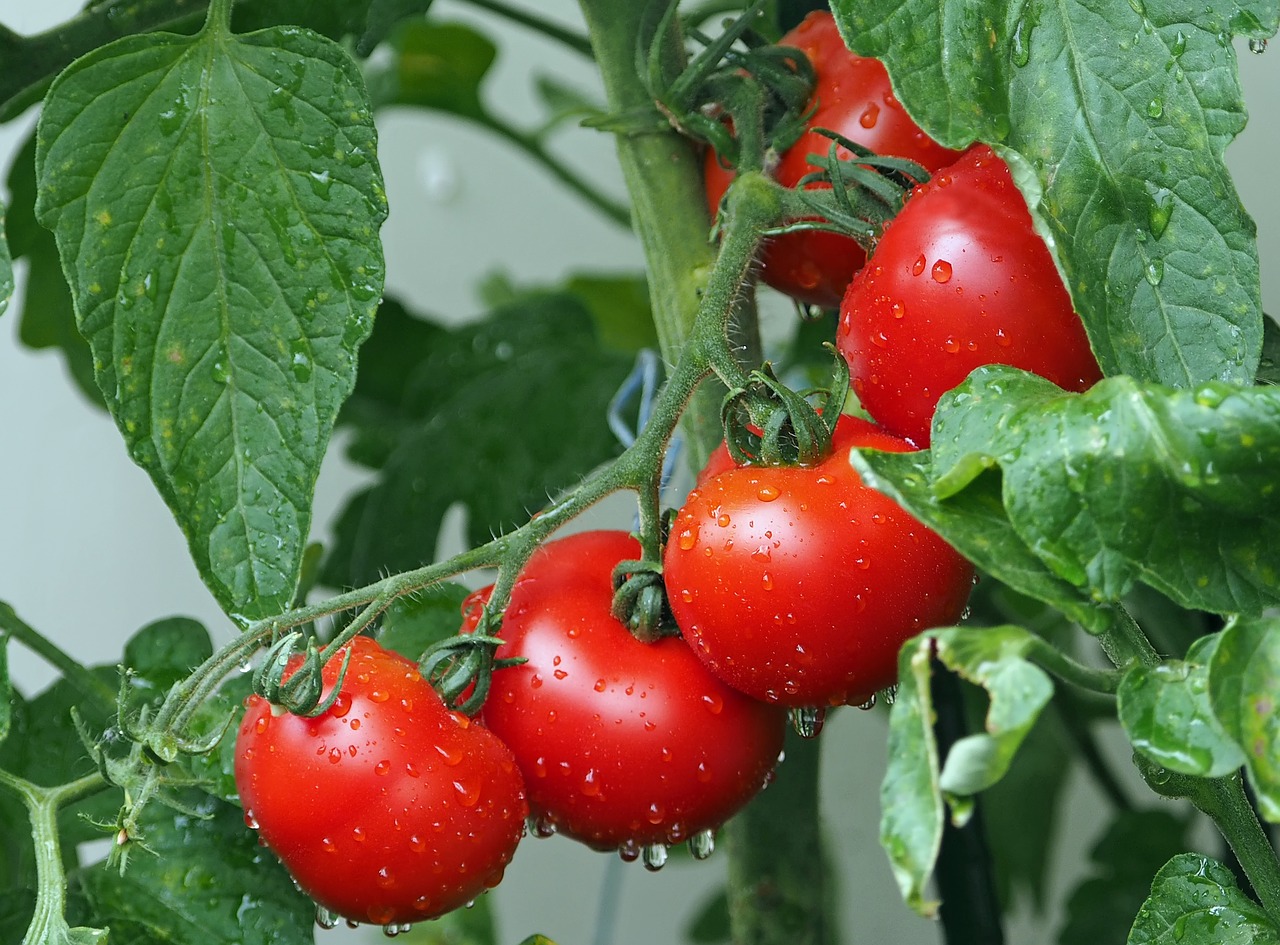
Blood and bone sounds more like a Halloween theme than a topic related to indoor gardening. But natural compounds like blood meal and bone meal contain organic components that spur plant growth. They are great sources of organic fertilizer, and each one plays a unique role in the health and growth of your indoor plants. If you prefer to keep your gardening as natural as possible, check out the benefits of bone and blood meal for your plants.
Bone meal
Bone meal contains high amounts of phosphorous, as well as some nitrogen. These are two of the three primary nutrients required by plants. Bone meal is a powder made from ground up bones. The bones most commonly used for bone meal fertilizer are beef bones. However, the powder can be made from the bones of any animals typically used as a food source. All animal bones will contain some nitrogen and phosphorous, though the amounts do vary from species to species.
This fertilizer is perfect to use if your flowering plants need a phosphorous boost. And it is recommended to add bone meal to the soil during planting. This can result in bigger, healthier flowers. Bone meal should release phosphorous into the plant’s soil for about four months per application.
Blood meal
Blood meal has lots of nitrogen, an essential nutrient for plant growth. Like bone meal, blood meal is a product of the meat industry that comes in handy for organic gardening. Rather than wasting the blood of the animal, it is dried into a powder that contains the nitrogen required by plants. This is much like what happens in nature when animals’ blood and bones refertilize the soil.
Blood meal is excellent for mixing into the soil when your plants look sickly. It can help to revitalize them and bring them back to a growth state. Adding blood meal to increase nitrogen levels can result in greener, healthier leaves. And that means a better yield for plants you intend to harvest.
You can also mix blood meal and bone meal to form a more balanced fertilizer for your indoor plants. Because the phosphorous in bone meal requires soil with a pH below 7, combining it with nitrogen-rich blood meal can help lower the pH of your soil and make the phosphorous more available to your plants. Or you can mix either of the meals with another fertilizer, like manure or guano. Exactly what mix you need depends in part upon the initial quality of your soil and what types of plants you are growing.
As you experiment with the organic fertilizer combination that works best for you, just keep in mind that you can have too much of a good thing. Your plants require the right mix of phosphorous and nitrogen, and too much of either can be harmful.
Check out our supply of blood meal and bone meal at the Indoor Cultivator, and feel free to ask our team about more tips for getting the most growth from your indoor garden.
